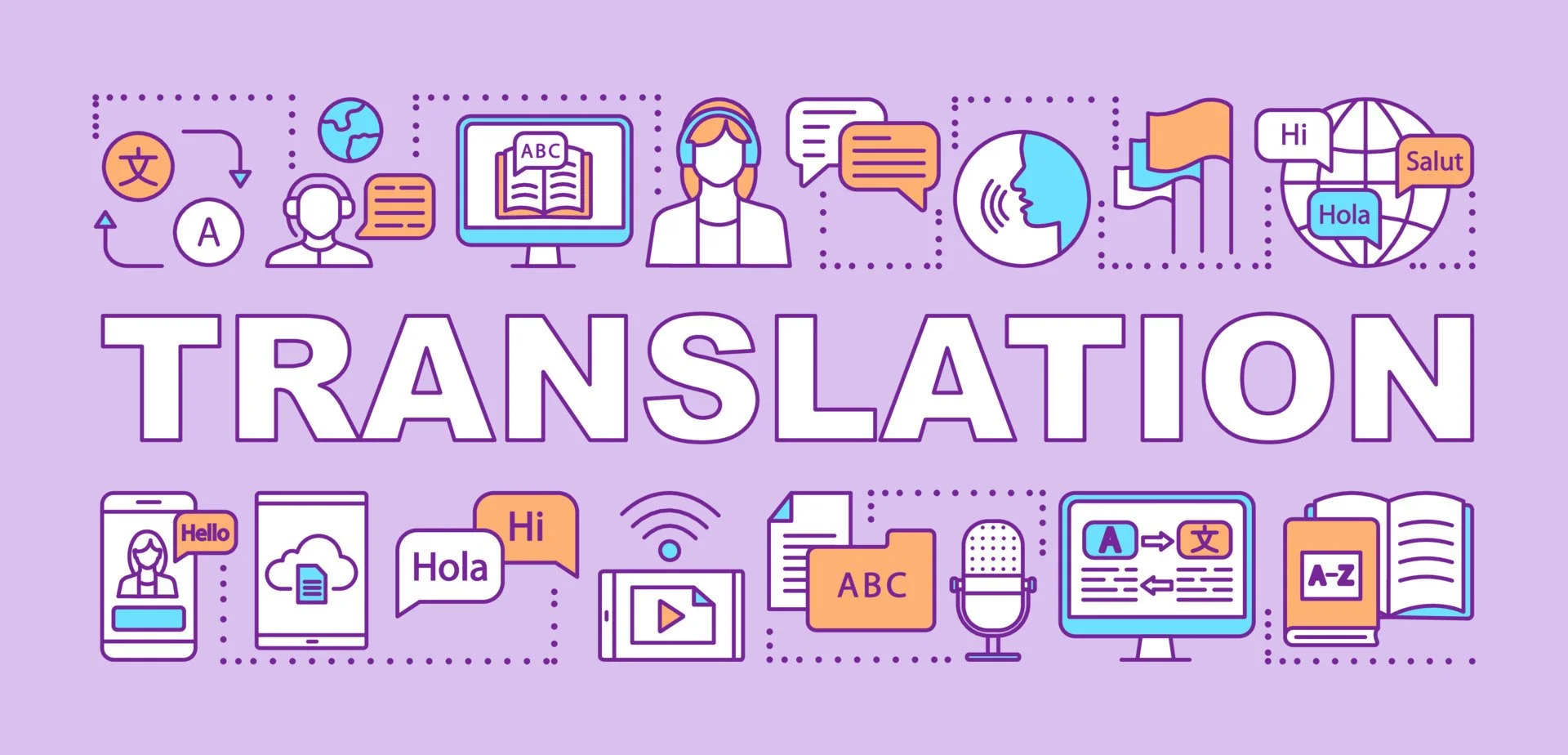Leading with Language: How Translation Shapes Equity in Early Learning
Exploring tone, context, and cultural resonance in bilingual messaging
In early childhood education, language is more than a tool—it’s a bridge. It connects families to resources, leaders to communities, and children to their sense of identity. But when it comes to translation, especially in bilingual environments like those across Tarrant County, it’s not just about converting words from one language to another. It’s about honoring tone, context, and cultural resonance.
Translation as Equity
Translation is the process of converting written content from one language to another while preserving its original meaning, tone, and intent. In early childhood education, translation is more than a technical task—it’s a practice of inclusion, dignity, and access. When families receive information in their home language, they’re empowered to engage fully in their child’s learning journey. But true equity goes beyond literal translation. It requires messaging that feels familiar, respectful, and affirming.
True equity in translation means going beyond word-for-word conversion. It requires attention to:
Tone. Is the message warm, respectful, respectful, and culturally appropriate?
Context. Does it reflect the lived experiences and values of the audience?
Cultural resonance. Does it feel familiar and affirming, not distant or institutional?
For example, a flyer that says “Join us for a parent workshop” might be translated into Spanish as “Acompáñenos a un taller para padres.” But depending on the audience, a warmer, more culturally resonant version might be: “Le invitamos a compartir con nosotros en un taller para familias.” That subtle tone sets the emotional temperature of a message. Is it warm and welcoming? Clear and direct? Approachable and engaging? In bilingual communication, tone must be adapted—not just replicated. A message that feels empowering in English might come across as overly formal or distant in Spanish if not thoughtfully rephrased. Shift– from formal to inviting– can transform how a message is received.
Tone and Context Matters
Tone sets the emotional temperature. A message that feels empowered in English might sound cold or overly formal in Spanish if not thoughtfully adapted. Early learning professionals can lead with empathy by asking:
Does this message reflect the values of our community?
Would I feel invited and respected if I received this in my home language?
Are we using language that affirms identity and builds trust?
Context matters, too. A message for Spanish-speaking families in Fort Worth may differ from one in El Paso. Regional dialects, generational preferences, and cultural references shape how meaning is conveyed. That is why bilingual professionals are essential—they don’t just translate, they interpret.
They bring lived experience, cultural fluency, and relations insights to every world.
Cultural Resonance Builds Trust
Culturally attuned messaging does more than inform– it connects. It reflects shared values, affirms identity, and invites participation. Whether it’s a newsletter, event invitation, or classroom sign, culturally attuned messaging says: You belong here.
In practice, this might look like:
Using inclusive terms like “familias”(families) instead of “padres” (parents)
Incorporating cultural references or idioms that feel familiar
Avoiding overly technical or institutional language in favor of warmth and clarity
Leading with Language
Embedding linguistic equity into our systems means investing in bilingual staff—not just as translators, but as cultural connectors and equity champions. Translation should be timely, thoughtful, and strategic. Whether it’s a flier, newsletter, or policy document, how we communicate signals who belongs—and how deeply we care. Organizations like Early Learning Alliance and Camp Fire First Texas model this by partnering with trusted experts like the Community Language Cooperative. Their time ensures tones, intent, and cultural context are preserved because translation is about relationship, not accuracy.
Translation is equity in action. In a beautifully diverse region like Tarrant County, this work is essential. When families see themselves reflected in our words, they know they belong—and that’s where true connections begin.



